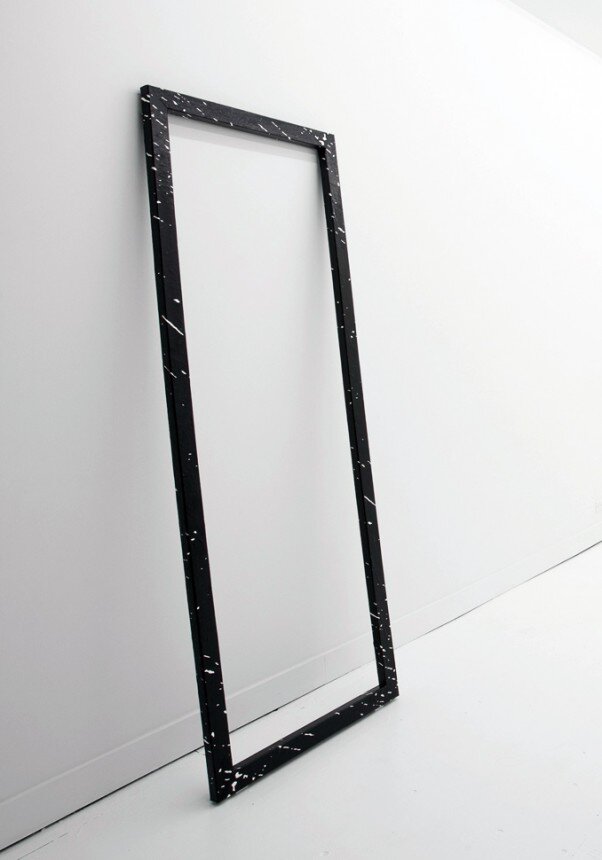Emmy Skensved
Vis-a-Vis
January 10–February 17, 2013
Emmy Skensved makes collages with paint. Her work is produced through a laborious process of cutting and adhering handmade decals onto stretched canvases. The decals are made by brushing acrylic paint onto a temporary plastic support. As the painted surface is produced using a brush, it retains the ridged, directional marks of the bristles. The imagery is then cut from the sheets of paint, the crisp, knife-cut edges of the motifs, truncating the flowing brush marks.
For this series of work, Skensved mines her own materials for the subject matter. The textured acrylic paint used to produce the work is photographed and digitally altered to make graphic designs, which are traced back onto the paint before finally being cut and collaged onto the support. The actual brush marks and the illusionistic representations thereof make reference to one another, creating a self-referential loop. The digital process also leaves a distinctive mark on the end product.
The exhibition also includes sculptural pieces that are comprised of rectangular frame-like structures, corresponding in scale to paintings in the show. Just as the paintings' imagery and materials refer to one another, the sculptural forms refer to the paintings' wooden stretchers, creating links between the different works and again highlighting the materials as subject.
Seen from afar, the paintings seem predominantly black and white. When viewed from up close, it becomes apparent that every black shape is encircled by yellow and purple halos. These create vivid optical vibrations and imply a sense spatial depth as the colours look like shadows, suggesting that the black forms are floating above a solid white plane. As these shadows appear both above and below the black shapes, two different light sources are implied. The light from above is yellow, and thus casts a complementary purple shadow, and the light source from below is purple, casting a yellow shadow.
This theme of doubling is carried throughout the exhibition. Every work has a corresponding twin piece that shares similarities in imagery and scale. The composition of one painting for example, is identical to that of another piece except that it is rotated 180 degrees. Despite the image being flipped around, the orientation of the shadows remains the same, with yellow on top and purple on the bottom, presenting both a commonality and a distinguishing feature between the two objects.











